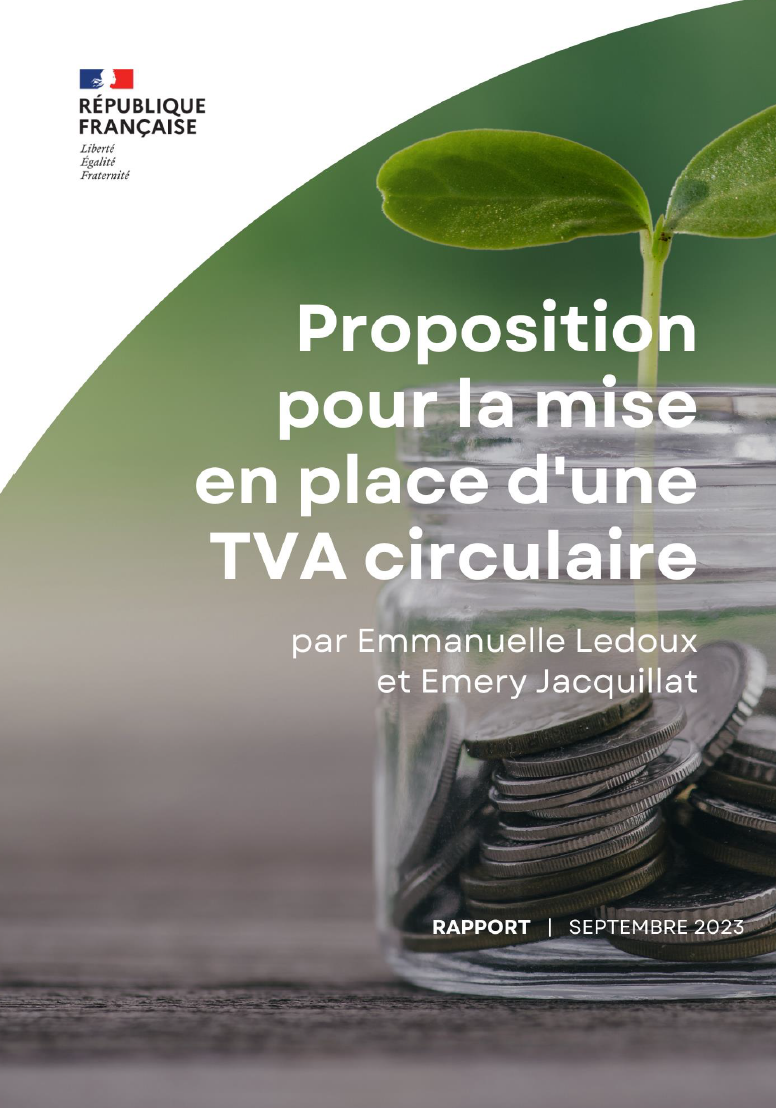Central banks can potentially influence the investment decisions of private financial institutions, which in turn will create incentives towards green technology adoption and development of lower emission business models. This paper examines how monetary policies can be deployed to promote a greening of finance. To guide the efforts, the paper mobilizes the Money View literature. This enables a comparative assessment of different monetary policy options. The main finding is that a promising way forward for green monetary policy is to adopt a strategy of expanding collateral eligibility through positive screening and widening haircut spreads to change relative incentives in favor of green over brown assets.
Find the full article on the Institute for New Economic Thinking

About the Author
Jakob Vestergaard is an associate professor at Roskilde University. Previously, he was senior researcher at the Danish Institute for International Studies (DIIS). He holds a PhD in international political economy of finance from Copenhagen Business School and a post-doc from London School of Economics. Jakob is a scholar of global economic governance, with a particular interest in economic discourse analysis, focusing on how policy norms for economic and social development evolve over time through an interplay of economic ideas, professional expertise, standard-setting organizations and governmental techniques. Recent and ongoing research focuses on new modes of central banking and mobilizes institutional monetary economics in analyzing and problematizing them.






